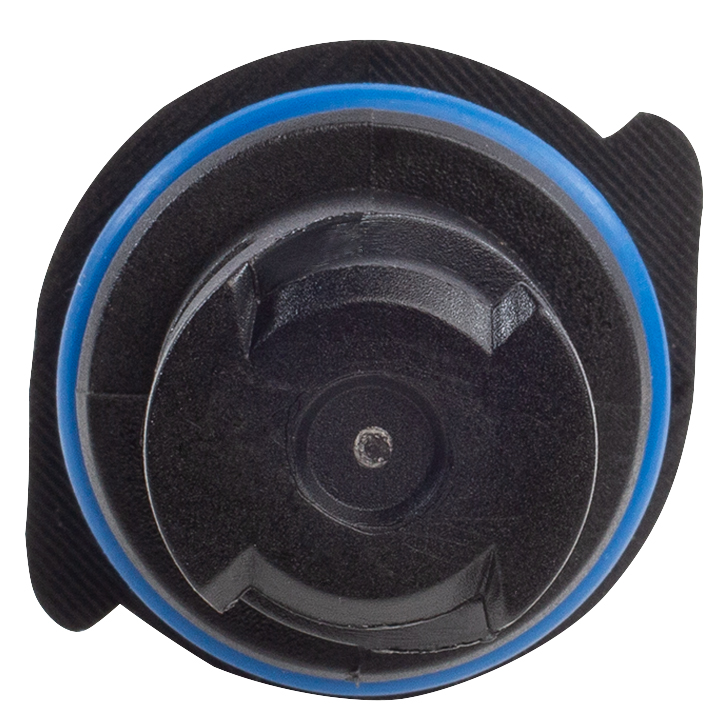Exploring the Features and Benefits of the 727 Shift Shaft Seal in Automotive Applications
Understanding the 727 Shift Shaft Seal Importance, Function, and Maintenance
The 727 shift shaft seal is integral to the operation of various automatic transmissions, particularly in the Chrysler 727 transmission system. This component plays a crucial role in maintaining the efficiency and functionality of the transmission, allowing vehicles to change gears smoothly. Understanding the function, significance, and maintenance of the shift shaft seal can help vehicle owners prolong the life of their transmission systems and enhance overall performance.
The Function of the Shift Shaft Seal
The primary role of the shift shaft seal is to prevent transmission fluid from leaking out of the transmission case. The 727 transmission operates under high pressures and temperatures, which makes it essential for the shift shaft seal to provide a reliable barrier. Located at the entry point of the shift shaft into the transmission, the seal ensures that fluid does not escape and that contaminants do not enter the transmission system. This fluid is vital for lubricating the various components inside the transmission and for facilitating smooth shifting operations.
Importance of the Shift Shaft Seal
The significance of the shift shaft seal cannot be overstated. A faulty seal can lead to a number of issues, including transmission fluid leaks. Low fluid levels can result in overheating, slipping gears, and ultimately, catastrophic transmission failure. Furthermore, fluid contamination can introduce debris and particulates into the transmission, exacerbating wear and damage to internal components. Therefore, maintaining the integrity of the shift shaft seal is crucial for ensuring optimal performance and longevity of the transmission system.
Signs of a Failing Shift Shaft Seal
Vehicle owners should be vigilant for signs that the shift shaft seal may be failing. Common indicators include
1. Transmission Fluid Leaks The most obvious sign is the presence of fluid on the ground beneath the vehicle, specifically reddish-brown fluid indicative of transmission fluid. 2. Slipping Gears If the vehicle struggles to maintain gear, it may be due to a lack of adequate fluid pressure caused by a leaking seal.
727 shift shaft seal

3. Overheating A transmission running low on fluid may overheat, leading to increased wear on internal components and possibly culminating in complete failure.
4. Unusual Noises Grinding or whining sounds during gear shifts can indicate that the transmission is not properly lubricated, pointing to a potential seal issue.
Maintenance and Replacement
To avoid complications arising from a faulty shift shaft seal, regular maintenance is essential. This includes routine inspections of the transmission fluid levels and condition. If fluid levels are low or the fluid appears burnt or contaminated, it may be a sign that the seal is compromised.
Replacing the shift shaft seal is a task that can be undertaken by experienced DIYers, but it is generally recommended to have a professional handle the replacement to ensure proper installation. The process typically involves
1. Removing the shifter linkage. 2. Taking off any necessary components that obstruct access to the shift shaft. 3. Replacing the old seal with a new one, ensuring it is adequately lubed before installation. 4. Reassembling the components and refilling the transmission with the appropriate fluid.
Conclusion
In summary, the 727 shift shaft seal plays a vital role in the transmission system, safeguarding against leaks and ensuring the longevity and performance of the vehicle. By being aware of the signs of a failing seal and committing to regular maintenance, vehicle owners can ensure the health of their transmission system and avoid costly repairs in the long run. Regular inspections and timely replacements of this small yet critical part can make a significant difference in the overall functionality of the vehicle’s transmission.
-
Understanding the Importance of the Crankshaft Oil Seal in Engine Performance
News Jun.16,2025
-
The Unsung Heroes of Engine Protection: Understanding Automotive Shaft Seals and Oil Seals
News Jun.16,2025
-
Keeping the Engine Tight: The Role of Crankshaft Seals and Gaskets in Oil Control
News Jun.16,2025
-
Complete Protection in Harsh Conditions: A Deep Dive into Cassette Seals
News Jun.16,2025
-
Choosing the Right Oil Seal: A Guide to Trusted Brands and Suppliers
News Jun.16,2025
-
Advanced Sealing Technologies: Exploring the Range of Modern Oil Seals
News Jun.16,2025
-
Your Essential Guide to Car Repair Kits: From Rust to Dings
News Jun.13,2025
Products categories















